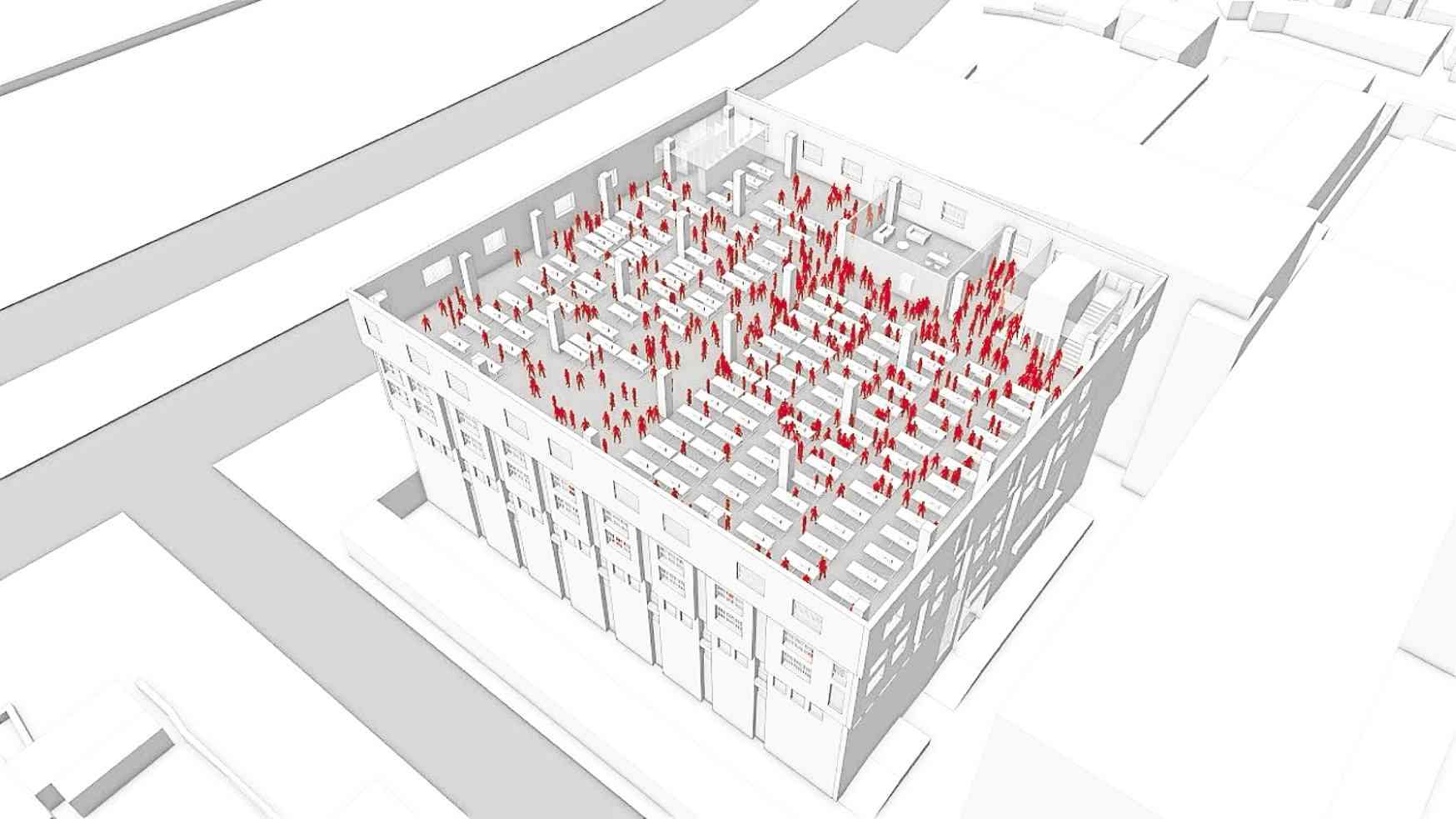Crime and architecture
Are architects the detectives of tomorrow? According to a research agency based at the Goldsmiths, University of London, the answer is a resounding yes.
Forensic Architecture (FA), an independent group formed in 2011, seeks to establish architecture and media as means to solve war crimes, human rights violations and other social issues. The agency is composed of architects, artists, academics and media practitioners.
It promotes the use of 3D models, digital mapping and other visualization tools as evidence that can stand in a criminal court. As stated in the group’s website, “these techniques allow FA to present information in a convincing, precise and accessible manner—qualities which are crucial for the pursuit of accountability.”
In the few years it has been in existence, the agency has contributed to numerous international investigations. The following details some of their most noteworthy cases.
Factory fire
On Sept. 11, 2012, a fire broke out at the Ali Enterprises textile factory in Karachi, Pakistan. The flames entrapped hundreds of workers, resulting to the deaths of 260 people.
As stated by the Clean Clothes Campaign organization, it was reportedly the deadliest fire that occurred in a factory.
The accident came as a surprise to the international community. A mere three weeks prior to the fire, Ali Enterprises received accreditation from the auditing firm Social Accountability International (SAI).
SAI had assessed the site in terms of health and safety, among other fields. If the company had met established safety precautions, how did the fire cause so much destruction and demise?
The Forensic Architecture team was tapped by investigating bodies to look into the mystery. Reconstructing the garment factory through eyewitness accounts, crude sketches and satellite imagery, it became clear that the factory violated many basic requirements.
It was revealed that the area that met SAI requirements was not actually the main building where many workers were stationed. The production room was cramped and full of combustible materials. Many windows were covered with security grilles and emergency exits were locked. The single fire alarm of the building had been malfunctioning for a while already.
Based on local building codes, it was determined that the production room was supposed to have three fire extinguishers. In reality, however, the area only had one and none of the workers knew how to operate it. Moreover, the factory featured long travel distances and open areas that violated local building codes. All these factors contributed to the catastrophe.
The work of FA clearly showed the dangerous working conditions of the factory despite certifications and inspections. It also paved the way for stricter implementation of health and safety regulations in terms of building design.
In the end, the Pakistan government directed the German fashion brand operating the factory to pay long-term compensation to those affected. This showed how architecture can also be used as a tool in claiming justice for the oppressed.

The 3D model developed by Forensic Architecture identified trouble areas that have contributed to the Ali Factory fire.
Murder of Oscar Pérez
On Jan. 15, 2018, a deadly raid was conducted by security forces in El Junquito, Venezuela. “Operation Gideon” as it came to be known, targeted Oscar Pérez, reportedly a community leader rebelling against the national government.
The raid resulted in the deaths of nine people, including Pérez himself. Though it was led by military forces, independent human rights groups questioned the legality of the killings.
With the help of Forensic Architecture, a navigable 3D map of the area was developed to establish the timeline and actions of the people involved. Based on eyewitness accounts, amateur videos and police communication audios, the crime scene was reconstructed.
So far, FA gathered about 70 pieces of recorded evidence and translated them into a digital reconstruction. The gathered evidence revealed that Pérez intended to surrender and negotiate with the troops. FA’s 3D model further suggested that the security forces unleashed an impressive amount of artillery against the rebel forces.
As stated by the investigative group Bellingcat, “The evidence suggests that Pérez and his companions are likely the victims of extrajudicial killings at the hands of Venezuelan state security forces.”
The investigation is still ongoing as of this writing. Nevertheless, one can say that architecture is beginning to play a role in crime-solving in this case, and is becoming a tool to fight for human rights as well.
These two cases prove that architecture plays a vital role in the safety and health of the community. It also provides protection and recreates sites that can be studied and analyzed in criminal cases.
Going beyond the need to provide shelter, Forensic Architecture shows that designers can contribute more to society in terms of legal and judicial purposes. Design is not just aesthetics. As the cases of FA prove, good architecture can actually help save lives and seek justice for victims.
Sources:
https://cleanclothes.org www.forensic-architecture.org https://dailytimes.com.pk https://www.bellingcat.com https://www.nytimes.com Photo via Google Earth and DigitalGlobe

